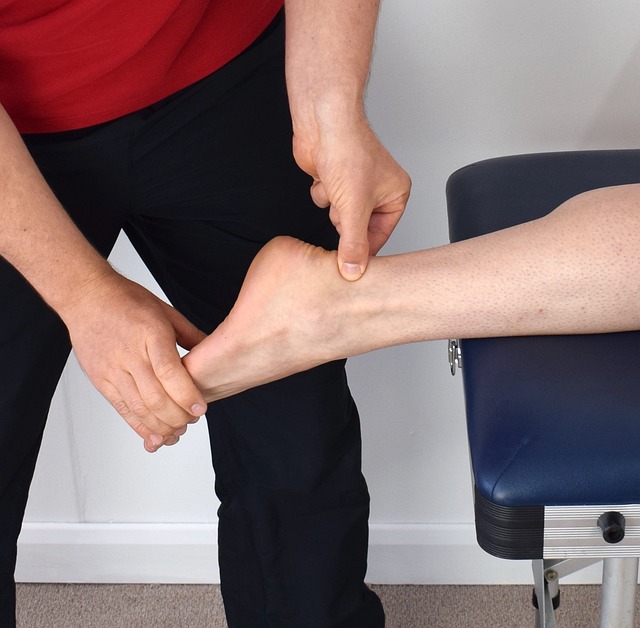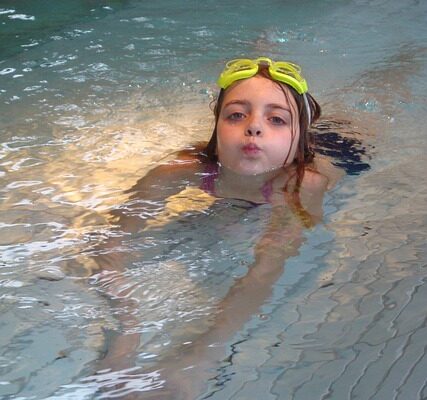Water may be the finest training tool you’re not presently using for creating lean muscle, burning fat, and accomplishing your fitness objectives.
We’re not simply talking about swimming here: You can attend water-based exercise classes such as aqua cycling and aqua yoga, or you can create your own water-based resistance routines. They aren’t simply for injury rehabilitation or elderly adults.
We believe that all athletes and exercise aficionados might benefit from water cross-training.
Why Is Water Exercising Beneficial?
Pool-based exercises can deliver the health-boosting benefits of conventional workouts: burned calories, strengthened muscles, enhanced cardiovascular health, and more balanced mental wellness. They do, however, have some distinct advantages, most of which are due to two factors:
Water helps you lose fat and lose weight.
Moves you undertake in the water are less stressful on your joints and bones because water lessens the load of your body weight, research suggests. Pool workouts are, therefore, excellent for building muscles without the stress that jogging and other weight-bearing activities can impose on knees, ankles, and other joints.

Pool workouts, because of the reduced stress on joints and bones, are a fantastic alternative for patients who have aches and pains from injury or chronic illnesses that impact the joints, such as osteoarthritis or rheumatoid arthritis, according to some experts. Aquatic training is also pretty useful for the elderly. As we age, we lose our flexibility and get achier and stiffer. A less rigorous exercise environment [such as a pool] is fantastic for everyone, but especially for the elderly, whose bodies may not be as forgiving.
Water offers consistent resistance.
Water is 800 times denser than air horizontally. This offers remarkable multidirectional resistance. That is, when you walk through water, your body is fighting the resistance of the water everywhere around you – vertically, horizontally, and rotationally. (This is why taking a few steps in a pool takes so much more work and time than on dry land.) According to experts, this exercises your muscles in novel ways: “For your muscles to fire and contract stronger, you must overcome the increased resistance of the water.”
Regardless of how effective pool workouts are, we want to underline the importance of performing them in a manner appropriate for your swimming ability. For example, if you can’t swim for long periods of time, doing your water exercises in a shallow pool or with the help of a float is essential.
Likewise, if you have any health issue or chronic illness that could interfere with your ability to exercise safely (or safely exercise in water), consult your doctor before attempting this type of activity.
7 Fat-Burning Pool Workouts
We suggest doing these pool activities that need no swimming but can burn a lot of calories to help you reach your fitness objectives. These multi-joint, multi-muscle resistance workouts help you grow muscular mass, which in turn helps you burn fat.
These exercises prioritize broad, compound movement patterns to increase your heart rate and work a wide range of muscles at the same time. To start, we suggest performing all seven exercises as a circuit, 30 seconds on and 30 seconds off. Allow yourself two minutes between rounds. Begin with two rounds and progressively increase to eight rounds.
Boost your training frequency, duration, and intensity as your fitness increases.
We recommend doing the workout twice a week as a low-impact conditioning regimen on days in between lifting and cardio workouts, which should be performed 2 – 3 times a week, per experts. There is no minimum number of times you must execute these exercises to reap their benefits, as long as you include rest days (which promote appropriate recovery by giving your muscles time to mend).
You can wear water shoes if you wish, but you won’t need them if you’re doing the workouts in a pool. And for the activities that need you to move your feet (the sprinting and the side shuffling, for example), water shoes will increase drag and make the moves tougher.
1. jogging
if you were a newbie, if you were in the mood for a newbie if you were in the mood for a newbie if you were in the mood for a newbie if you were in the mood for a newbie if you were in the mood for a newbie. To go forward, you’ll need to bend forward from your ankles, pump your arms, and bring your legs into a high-knee posture before stretching them back down.
You can enhance downward resistance by carrying a weighted object at breast level, or you can make moving forward difficult by holding a kickboard with your arms fully extended. Swim parachutes (a piece of fabric attached to your waist that produces drag behind you as you go through the water) and pool-specific ankle weights can also help.
2. Pool Edge Push Ups
Put your hands slightly over shoulder-width apart on the pool’s edge, think about your core, shift your weight towards your upper body so that your toes rise from the pool bottom, and raise your torso until your arms are fully extended. Take a breath, then lower your body slowly back to the original position and repeat.
If this feels too hard on your chest, shoulders, or triceps, or if you can’t accomplish many reps with good form, use your lower body for support by jumping off the bottom. Daly adds that this might also assist in making this a full-body workout.
3. Squat Jumps
Place your feet shoulder-width apart at the shallow end of the pool, with your toes turned slightly out. Squat by sitting back into your hips and heels with flat feet, like a squat position. Then jump as high into the air as high as you can by straightening your hips, knees, and ankles to drive into the balls of your feet. You should be in shallow enough water that your head will stay above the water when you squat. Land on the balls of your feet, then squat back down and repeat. You can crouch low enough to submerge your head in water, depending on your comfort level.
To make the activity harder, move faster. It will increase resistance and force you to perform more reps in the same period of time.
4. Sideswiping
Standing in the shallow water, side shuffles from one edge to the other. Maintain your core engagement and toes pointed forward.
Hold your hands to the side or wrap a pool-approved small resistance band around your legs to maximize the burn.
5. Prone Scissor Kick
Begin in water that is deep enough that your feet are not touching the ground. Lift your legs to a horizontal position while holding onto the pool’s edge or a flotation device, maintaining your spine neutral from the back of your head to your tailbone. Kick from your hip as though you were kicking a soccer ball, whipping or flicking out through your toes. Rep with the other leg. Increase the resistance (and the workout!) by moving your legs faster and kicking harder – you should be making white splashes on the water’s surface.
As you kick, keep your body in a straight line from the back of your head to your tailbone. This increases the amount of work required of your glutes (your body’s largest muscles).
To increase the difficulty, wrap a resistance band across your legs.
6. Row to Push
Begin by standing with a kickboard against your torso and lowering yourself into a squat so that your chest is submerged in the water. Pay attention to your core and extend your arms, and kickboard forward against the water, then immediately draw them back into your chest. You should be able to feel the back muscles working.

7. jumping jacks
Stand in the pool with your feet together, your arms at your side, with your head above water (as deep as you feel comfortable). Jump your legs out to both sides while straightening your arms overhead, then reverse the motion by springing your feet back together and bringing your arms back down to your sides. If the splashing distracts you, merely raise your arms to the level of the water.
The simplest technique to raise the intensity of the exercise, in this case, is to increase your speed.
To Conclude
Water workouts are an excellent approach to improving your cardio fitness while also strengthening your primary muscle groups. Pool workouts are especially beneficial for people who have joint problems or injuries, as well as those who are pregnant or have balance challenges.
If your gym has water aerobics classes, try them out. If you do not belong to a gym, check with your local YMCA or junior college to see if they offer water aerobics sessions. The only thing you need is a swimsuit.

